Navigator History
Once upon a time, people were guided by the stars. Now everything is much simpler - just take out your phone from your pocket, drive the desired address into Yandex.Maps and they will get directions. Or turn on the navigator in the car. Or look at the "smart watch" - there are many ways. But did you know what the first navigators looked like? In the post - a brief history of navigators: from a mechanical wrist device to projectors in a helmet.
The first navigator appeared in 1920. Included with the Plus Fours Routefinder device, similar to a watch, were cards. They had to be twisted manually.
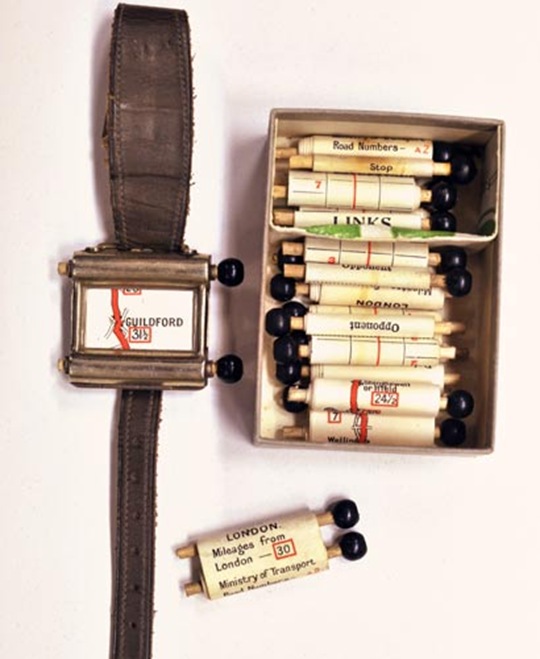
It was necessary to add this device to the history of smart watches . After all, only 90 years will pass, and a watch like Pebble will perform the navigator function .

The next generation navigator, Iter-Auto, appeared in the 1930s. Its main differences from Plus Fours Routefinder consisted in the automatic scrolling of the map - while the speed with which the mechanism did this depended on the speed of the car. But as soon as you turned off the road, the driver had to get maps, look for the right one, install it in the navigator and look for his current location.
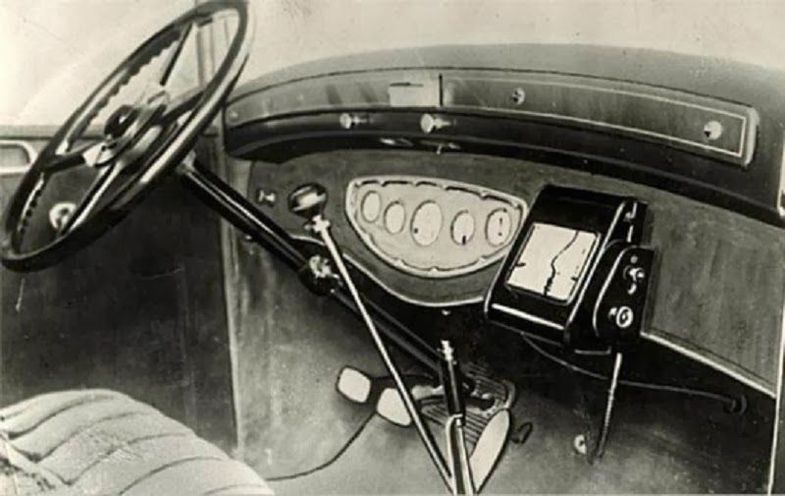
Iter-Auto Advertising.

In 1966, General Motors released Driver Aid Information and Routing. The system was designed to assist the driver and take on some of the functions of the driver, so that he could concentrate, in fact, on driving. Among the useful functions is the ability to call the emergency or inquiry service via radiotelephone. Press release of February 1, 1967. Perforated maps were used as information carriers: according to them, the navigator was oriented and reported speed limits, directions and other important factors.

In 1957, the first artificial Earth satellite was sent into space in the Soviet Union. At the same time, American scientists observed the signal emanating from the satellite and found that due to the Doppler effect, the frequency of the received signal increases with the approach of the satellite and decreases with distance. Therefore, knowing your coordinates, you can find out the position and speed of the satellite, and knowing the position of the satellite, you can determine your own speed and coordinates. Global satellite navigation technology: what are the systems, parameters and functions .
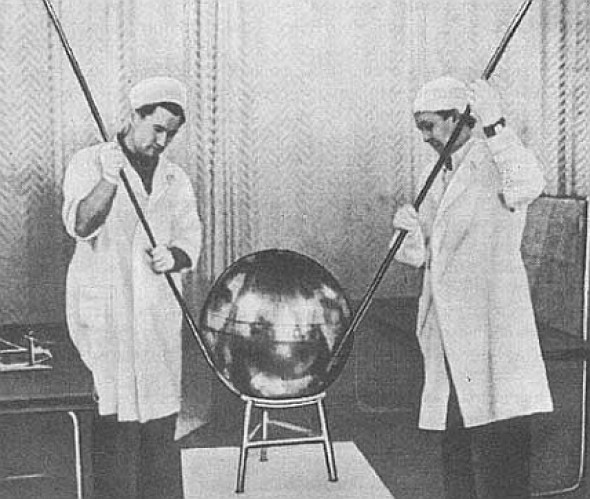
In 1974, the idea of satellite navigation was implemented, and the first of the 24 GPS satellites needed to cover the entire Earth was launched in the United States. The last of them was launched in 1994. There are 32 satellites at the moment. As you can see satellites from one point:
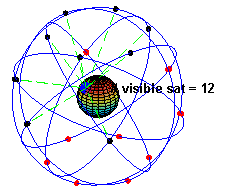
This satellite was not launched, it is in a museum in San Diego.
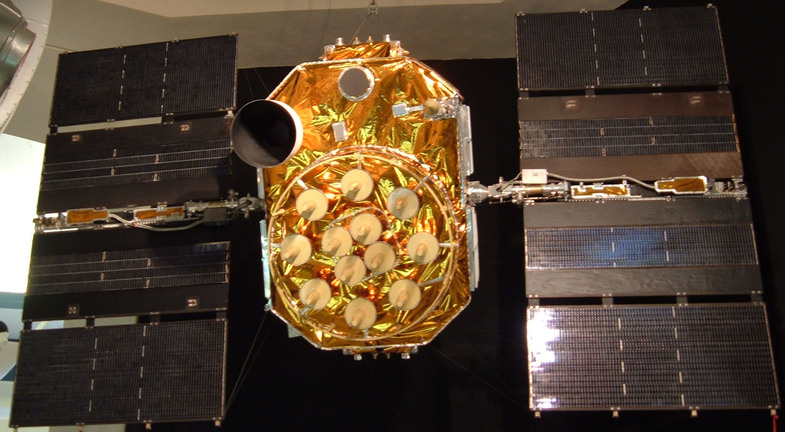
Officially, the GLONASS system began to be developed in the USSR in 1976, but only in 1984 the first two satellites were launched. In the photo - the GLONASS satellite of the second generation. To fully cover the Earth, 24 satellites are also required.

The first GPS receiver designed for the US Armed Forces was a two-seater with wheels. Weighed about 122 kilograms. In 1983, it was decided to create a civilian GPS system - after a Korean Airline company plane flying over the USSR was shot down.
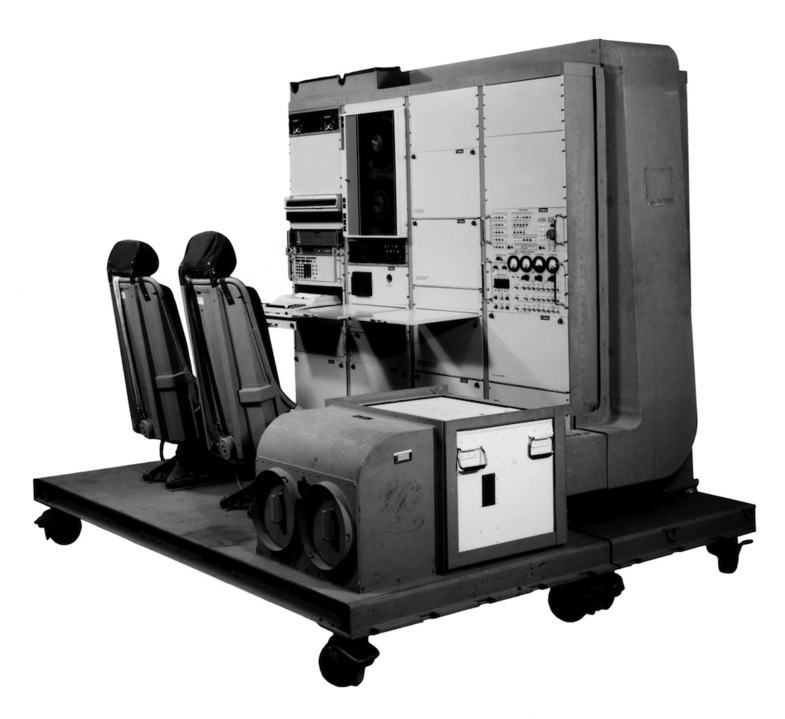
In 1985, the first mass navigator, The Etak Navigator, already appeared in the United States. The image on the display is a pleasant green color. Of course, it was impossible to watch music and films on it, but he coped with his work. Cards for him were stored on cassettes.



In 1991, The Etak Navigator appeared in the movie Nothing But Trouble. In the frame - in fact, he and the foot of Demi Moore.
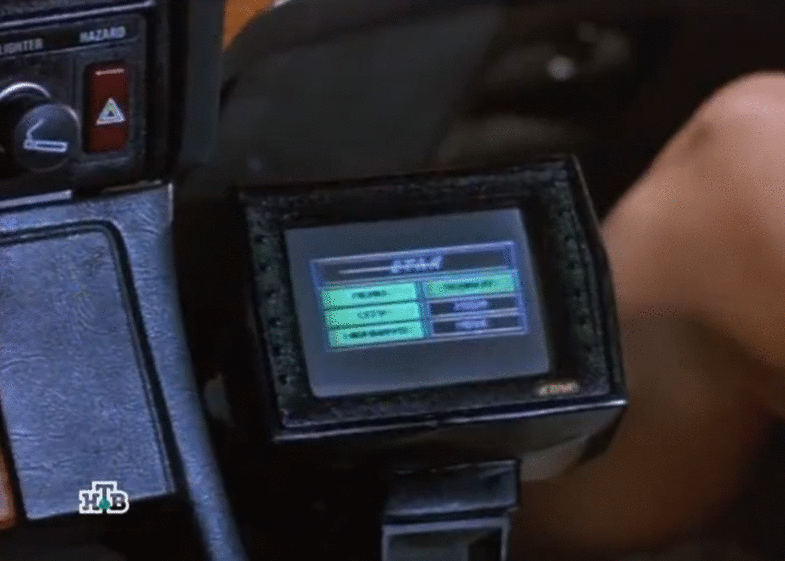
Both GLONASS and GPS were originally developed for military purposes. In the photo - part of the dashboard of a Black Hawk helicopter with a GPS navigator, the beginning of the 1990s.

January or February 1991, Operation Desert Storm. GPS navigator installed in Hammer.

The first receiver, designed to work with both GLONASS and GPS at the same time, was released in 1995 by Ashtech. It was not intended for the mass market.

And five years later, the first smartphone with GPS appears on the market - this is Benefon ESC. It was available to the mass consumer.


The first smartphone equipped with a GLONASS receiver went on sale in 2011 - MTS 945.

At the moment, the role of the navigator can be performed not only by special gadgets, but smartphones and various wearable devices - watches and glasses. For example, Google Glass allows the driver not to be distracted from the road.

Returning to the clock - the application for Pebble allows you to display tips on where to go further directly on the wristwatch. This is one of 10 uses for this gadget . They work together with the application running on the smartphone.
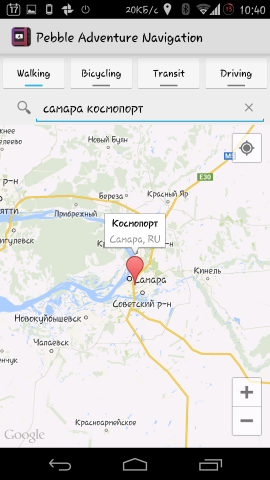

Regular navigators often equip cars directly at the factory - even Russian auto manufacturers do it.

But much more interesting, of course, are devices purchased separately. For example, the Garmin HUD navigator is equipped with a projector - the driver sees the direction of the next turn in the form of an arrow on the windshield of the car. The device synchronizes with the smartphone on iOS or Android and uses the software running on it. And receives traffic jams from it via Bluetooth.

Motorcyclists also use navigators, which is associated with a number of inconveniences: while driving in a helmet it is not very convenient to tilt your head to the navigator - this time, you have to stop to drive in an address - these are two. Therefore, among the wearable devices with navigation, the NUVIZ motorcycle helmet can be noted - it is needed in order to increase safety. The project has already received a sufficient amount on Kickstarter.


The device’s software will even allow you to get around the bad weather, which is a significant bonus for two-wheeled vehicles.

In Russia, a similar project has been under development for five years - this is LiveMap for bikers, a motorcycle helmet with a GPS navigator. Now you can pre-order on the site - for $ 1,500, and when it appears on sale - the price will already be 2000.
This is interesting:
Volvo plugged in at MWC 2014
The history of smart watches
The history of personal computers in advertising. Part 3: 1990s
First steps
The first navigator appeared in 1920. Included with the Plus Fours Routefinder device, similar to a watch, were cards. They had to be twisted manually.

It was necessary to add this device to the history of smart watches . After all, only 90 years will pass, and a watch like Pebble will perform the navigator function .

The next generation navigator, Iter-Auto, appeared in the 1930s. Its main differences from Plus Fours Routefinder consisted in the automatic scrolling of the map - while the speed with which the mechanism did this depended on the speed of the car. But as soon as you turned off the road, the driver had to get maps, look for the right one, install it in the navigator and look for his current location.

Iter-Auto Advertising.

In 1966, General Motors released Driver Aid Information and Routing. The system was designed to assist the driver and take on some of the functions of the driver, so that he could concentrate, in fact, on driving. Among the useful functions is the ability to call the emergency or inquiry service via radiotelephone. Press release of February 1, 1967. Perforated maps were used as information carriers: according to them, the navigator was oriented and reported speed limits, directions and other important factors.

Into the space!
In 1957, the first artificial Earth satellite was sent into space in the Soviet Union. At the same time, American scientists observed the signal emanating from the satellite and found that due to the Doppler effect, the frequency of the received signal increases with the approach of the satellite and decreases with distance. Therefore, knowing your coordinates, you can find out the position and speed of the satellite, and knowing the position of the satellite, you can determine your own speed and coordinates. Global satellite navigation technology: what are the systems, parameters and functions .

In 1974, the idea of satellite navigation was implemented, and the first of the 24 GPS satellites needed to cover the entire Earth was launched in the United States. The last of them was launched in 1994. There are 32 satellites at the moment. As you can see satellites from one point:

This satellite was not launched, it is in a museum in San Diego.

Officially, the GLONASS system began to be developed in the USSR in 1976, but only in 1984 the first two satellites were launched. In the photo - the GLONASS satellite of the second generation. To fully cover the Earth, 24 satellites are also required.

For military and civilian
The first GPS receiver designed for the US Armed Forces was a two-seater with wheels. Weighed about 122 kilograms. In 1983, it was decided to create a civilian GPS system - after a Korean Airline company plane flying over the USSR was shot down.

In 1985, the first mass navigator, The Etak Navigator, already appeared in the United States. The image on the display is a pleasant green color. Of course, it was impossible to watch music and films on it, but he coped with his work. Cards for him were stored on cassettes.



In 1991, The Etak Navigator appeared in the movie Nothing But Trouble. In the frame - in fact, he and the foot of Demi Moore.

Both GLONASS and GPS were originally developed for military purposes. In the photo - part of the dashboard of a Black Hawk helicopter with a GPS navigator, the beginning of the 1990s.

January or February 1991, Operation Desert Storm. GPS navigator installed in Hammer.

The first receiver, designed to work with both GLONASS and GPS at the same time, was released in 1995 by Ashtech. It was not intended for the mass market.

And five years later, the first smartphone with GPS appears on the market - this is Benefon ESC. It was available to the mass consumer.


The first smartphone equipped with a GLONASS receiver went on sale in 2011 - MTS 945.

Today
At the moment, the role of the navigator can be performed not only by special gadgets, but smartphones and various wearable devices - watches and glasses. For example, Google Glass allows the driver not to be distracted from the road.

Returning to the clock - the application for Pebble allows you to display tips on where to go further directly on the wristwatch. This is one of 10 uses for this gadget . They work together with the application running on the smartphone.


Regular navigators often equip cars directly at the factory - even Russian auto manufacturers do it.

But much more interesting, of course, are devices purchased separately. For example, the Garmin HUD navigator is equipped with a projector - the driver sees the direction of the next turn in the form of an arrow on the windshield of the car. The device synchronizes with the smartphone on iOS or Android and uses the software running on it. And receives traffic jams from it via Bluetooth.

Motorcyclists also use navigators, which is associated with a number of inconveniences: while driving in a helmet it is not very convenient to tilt your head to the navigator - this time, you have to stop to drive in an address - these are two. Therefore, among the wearable devices with navigation, the NUVIZ motorcycle helmet can be noted - it is needed in order to increase safety. The project has already received a sufficient amount on Kickstarter.


The device’s software will even allow you to get around the bad weather, which is a significant bonus for two-wheeled vehicles.

In Russia, a similar project has been under development for five years - this is LiveMap for bikers, a motorcycle helmet with a GPS navigator. Now you can pre-order on the site - for $ 1,500, and when it appears on sale - the price will already be 2000.
This is interesting:
Volvo plugged in at MWC 2014
The history of smart watches
The history of personal computers in advertising. Part 3: 1990s
